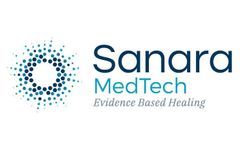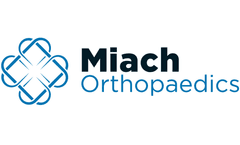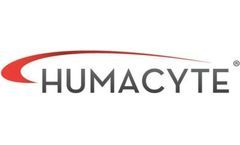Allograft Articles & Analysis
8 articles found
Background CellRight Technologies® has developed ACTIGEN™ Verified Inductive Bone Matrix, a dehydrated, verified inductive matrix that may be hydrated with saline, blood, Bone Marrow Aspirate (BMA), Platelet Rich Plasma (PRP), or other cellular components in accordance with a physician’s well-informed medical judgment. The clinician may add allograft or autograft ...
The immune coagulation function of FGL2 plays a key role in aggravating lesion-promoting injury in human and animal disease models such as viral hepatitis, xenograft allograft immune rejection, and fetal loss syndrome. In regulatory T cells such as CD4 + CD25 + Foxp3 +, FGL2 mainly appears in the secreted form. ...
During ACL reconstruction, an orthopedic surgeon removes the torn ACL and replaces it with a graft from another part of the body (called an autograft) or a deceased donor (called an allograft). Although ACL reconstruction is effective, the procedure has drawbacks. ...
Quadriceps tendon autograft The surgeon removes the middle third of your quadriceps tendon and a single bone plug from your kneecap to hold the graft in place. 4. Allograft In an allograft procedure, the surgeon uses tissue from a deceased donor to reconstruct your ACL. ...
Fracture non-unions have lifelong consequences and a debilitating impact in patients' life. Bone-grafts, allografts and xenograft are currently used to treat bone fractures; however, they have limitations. ...
OKT3 was found to successfully reverse allograft rejection after being administered to the first patients in 1981. ...
Historically, autogenous vein or cryopreserved cadaveric allograft has been used instead of extra-anatomic bypass with prosthetic material outside the infected wound.2,3 Recently, the use of a bioengineered human acellular vessel (HAV) has been documented to have low infections rates. ...
The following case was performed at the Pacific Dental Convention’s Live Surgical Stage held March 8th, 2018 in Vancouver, BC. The patient is a healthy 58 year old male with no known allergies or medical contra-indications to dental treatment. Patient presented with a Class III malocclusion for which he received both orthodontic and oral surgery consultations; however, he was not ...







